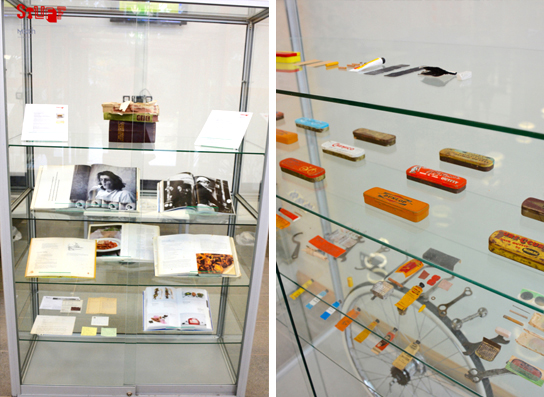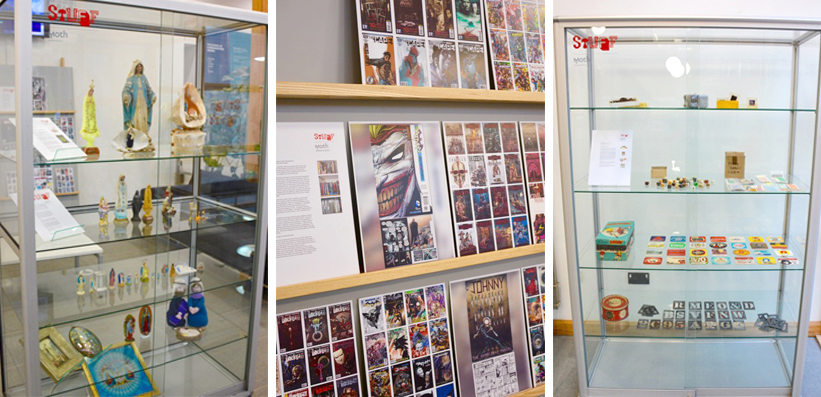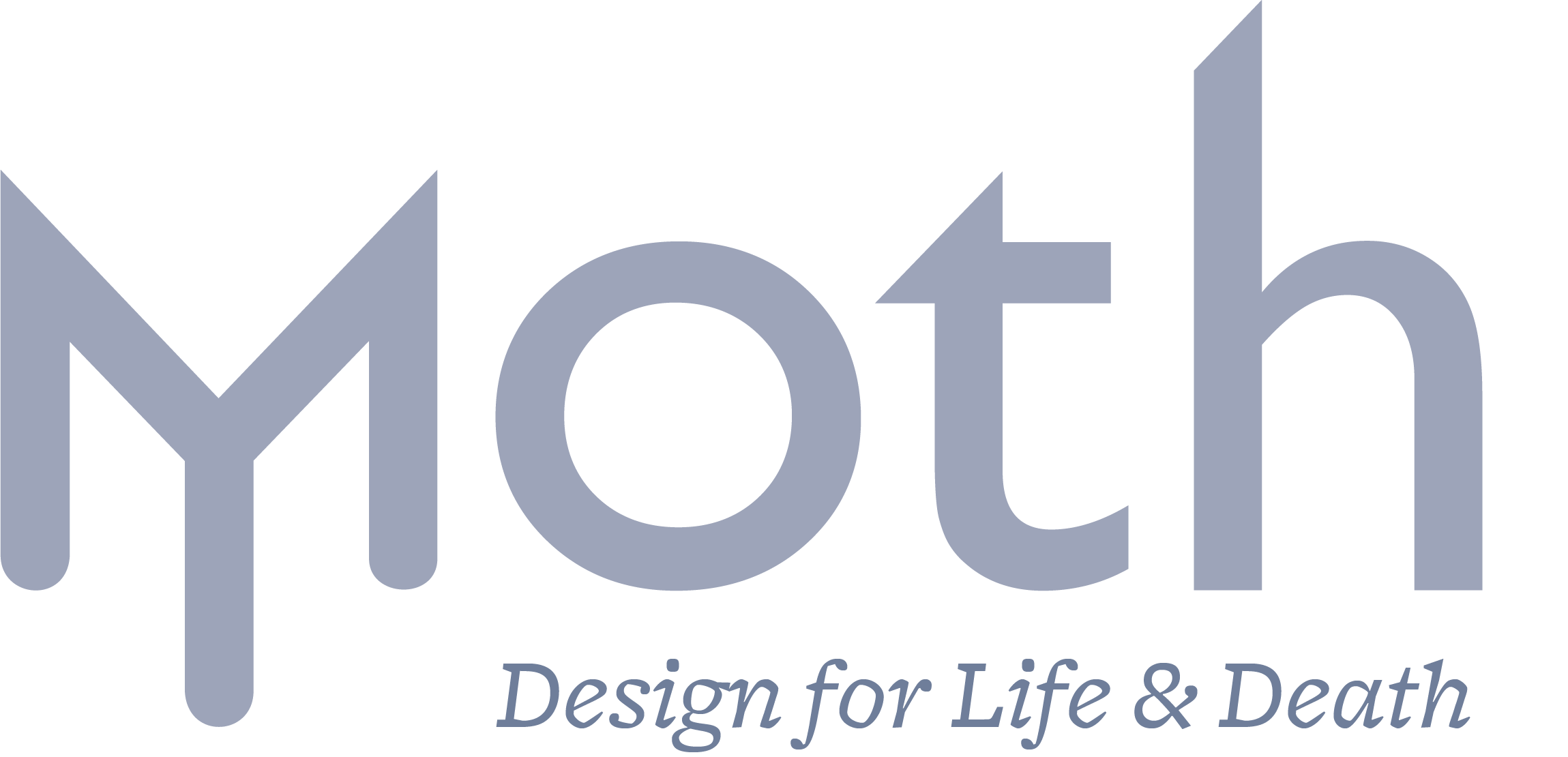Stuff
Falmouth, UK
2016-18
Moth Design & Death + The Studio Society
2016-18
Moth Design & Death + The Studio Society

STUFF
Moth Design & Death + The Studio Society
Objects have history and each one shapes us in particular ways. Objects that we have as children, the stuffed penguin, silk from the blanket are all destined to be abandoned. Yet they leave traces that will mark the rest of our lives. They specifically influence how we can develop a capacity for happiness, an aesthetic experience and creative play. They demonstrate to us as children that objects in the ‘eternal’ world can be loved. D.W. Winnicott (an English paediatrician and psychoanalyst who was especially influential in the field of object relations theory) believed that during stages of our lives we continue to search for objects we can experience as both within and outside the self.
The use of transition objects continues through our lives as we imbue objects with meaning and memories that are associated with other ideas, places and people. Photographs, mementos and other memorabilia are used to remember good times and friends. Virtually all possessions have a value in creating the self. What is ‘mine’ is that with which I have a defining relationship, that not only defines the object but also defines me. Possessions can vary in the degree to which they have this effect and ‘treasured possessions’ have a far more significant effect on the ego if they are lost.
Winnicott, D. (1953). Transitional objects and transitional phenomena
All staff from the School of Communication Design were invited to exhibit their personal collection of STUFF. This collection could be one which has been added to over time, bequeathed to them, multiples of objects accrued as a result of habitual buying, a chance encounter at a boot fair. Moth: design & death has been interested in working with staff and students instigating projects which encourage enquiry using objects and artefacts as triggers for hidden memory, micro/macro, parts and whole, constructing and de-constructing, a passion for ‘rejects’ and fragments. This projects extends into The Studio Society which seeks to promote opportunities for the community of the Graphic Design course to share, comment and contribute to the course beyond the curriculum.
Staff shared some of their collections, giving an insight as to why they have this STUFF and what it means to them.
Moth Design & Death + The Studio Society
Objects have history and each one shapes us in particular ways. Objects that we have as children, the stuffed penguin, silk from the blanket are all destined to be abandoned. Yet they leave traces that will mark the rest of our lives. They specifically influence how we can develop a capacity for happiness, an aesthetic experience and creative play. They demonstrate to us as children that objects in the ‘eternal’ world can be loved. D.W. Winnicott (an English paediatrician and psychoanalyst who was especially influential in the field of object relations theory) believed that during stages of our lives we continue to search for objects we can experience as both within and outside the self.
The use of transition objects continues through our lives as we imbue objects with meaning and memories that are associated with other ideas, places and people. Photographs, mementos and other memorabilia are used to remember good times and friends. Virtually all possessions have a value in creating the self. What is ‘mine’ is that with which I have a defining relationship, that not only defines the object but also defines me. Possessions can vary in the degree to which they have this effect and ‘treasured possessions’ have a far more significant effect on the ego if they are lost.
Winnicott, D. (1953). Transitional objects and transitional phenomena
All staff from the School of Communication Design were invited to exhibit their personal collection of STUFF. This collection could be one which has been added to over time, bequeathed to them, multiples of objects accrued as a result of habitual buying, a chance encounter at a boot fair. Moth: design & death has been interested in working with staff and students instigating projects which encourage enquiry using objects and artefacts as triggers for hidden memory, micro/macro, parts and whole, constructing and de-constructing, a passion for ‘rejects’ and fragments. This projects extends into The Studio Society which seeks to promote opportunities for the community of the Graphic Design course to share, comment and contribute to the course beyond the curriculum.
Staff shared some of their collections, giving an insight as to why they have this STUFF and what it means to them.











